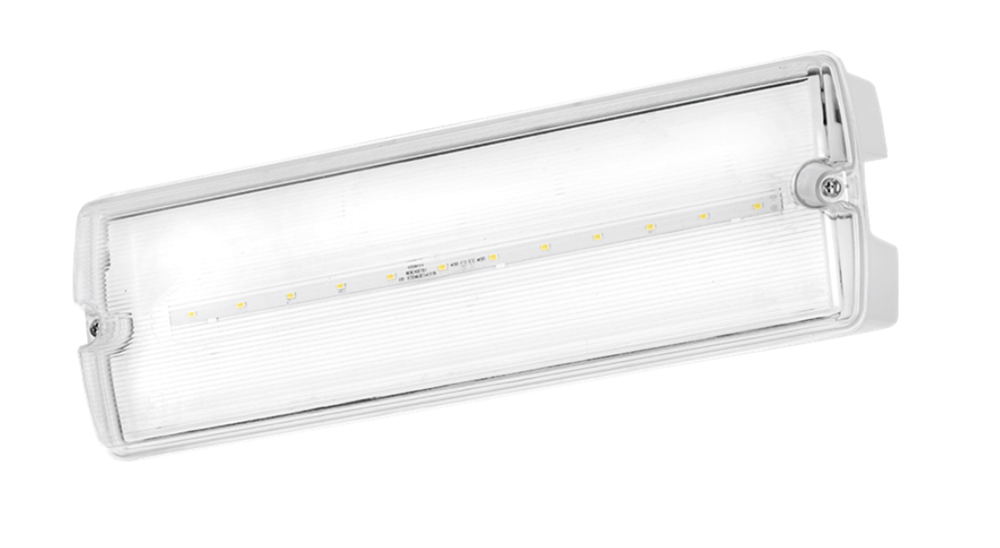Ensuring that an emergency lighting system in a commercial or industrial building is fully operational is essential to keep staff safe in the event of an emergency. In fact, the legal requirement is that in the UK, non-domestic buildings must be safe at all times, even if mains power failure occurs. Therefore, nearly all of these buildings must have emergency lighting fitted.
Emergency lighting is lighting that kicks in when there is a mains supply failure. Under the Regulatory Reform (Fire Safety) Order 2005, businesses must install emergency lighting in their premises by law. BS EN 1838 specifies escape and standby lighting requirements for businesses in the event of a power failure. This includes the lux values required, some of which are as follows:
- Escape routes: up to 2m in width need to be illuminated to 1lux in the centre, and equal to or above 50% of that level either side of the centre
- Open areas: 0.5lux or more
- High-risk task areas: 15lux or more
Emergency lighting illuminates areas that lead occupants to the nearest fire exit. In an outage, the lights should remain on for between one and three hours. This is to ensure that all occupants of the building can safely make their way to the exit and attending emergency services can access the building safely if necessary. Once power is restored to the building, the lights should then recharge.
Where to Place Emergency Lighting
Where you place your emergency lighting matters; incorrect placement can lead to large risks.
Lighting and signs should be placed in such a way that clearly illuminates escape routes and exits from your premises. Regulations state that you should use an illuminated sign instead of an emergency lighting luminaire when the final exit is not readily identifiable by occupants.
Problem areas also need to be appropriately illuminated, which may include:
- Stairwells
- Places where the floor level changes
- Toilet areas (greater than 8m2)
- Intersections in corridors
- Changes in the direction of the escape route
Lighting doesn’t need to be provided for every area listed above, but all areas should receive sufficient lighting for people to navigate their way out of the building. Your fire risk assessment will detail areas in your building that you need to provide emergency lighting for.
The different types of Emergency Lighting
There are four types of emergency lighting, which include the following:
- Escape route lighting: This type of lighting illuminates routes to fire escapes and emergency exits, helping occupants avoid others as they leave the building.
- Open area emergency lighting: This is sometimes called “anti-panic” lighting and also assists occupants when trying to find an escape from a building. Organisations install these lights in open areas to provide enough light to be able to escape safely in the event of an emergency or fire.
- High-risk task area lighting: Some workspaces play host to extremely high-risk tasks (such as working with tools or operating machinery). High-risk task area lighting needs to operate in the event of an emergency to keep them illuminated long enough for workers to cease working, switch machinery or cookers off, put down tools, and move to safety.
- Standby lighting: This type of lighting kicks in when the power goes out. But unlike the other types of emergency lighting, the law does not require it. Usually, power comes from a diesel generator and keeps the lights on until technicians restore mains power.
Below is a selection from Aurora’s comprehensive Emergency Lighting range.
Bulkheads
Recent additions to our growing emergency range are our 3W and 5W Maintained Emergency Bulkheads, which come in both Manual and Self Test versions, They offer 3 hours of emergency backup, can be maintained or non-maintained, and include the required legends to suit all applications.
Twin Spot
Another newbie is our 2 x 1.5W Emergency Twin Spot. The new Emergency Twin Spot offers 3 hours of emergency backup duration, and is non-maintained for use in the event of a power outage. Choose between Manual Test or Self Test function.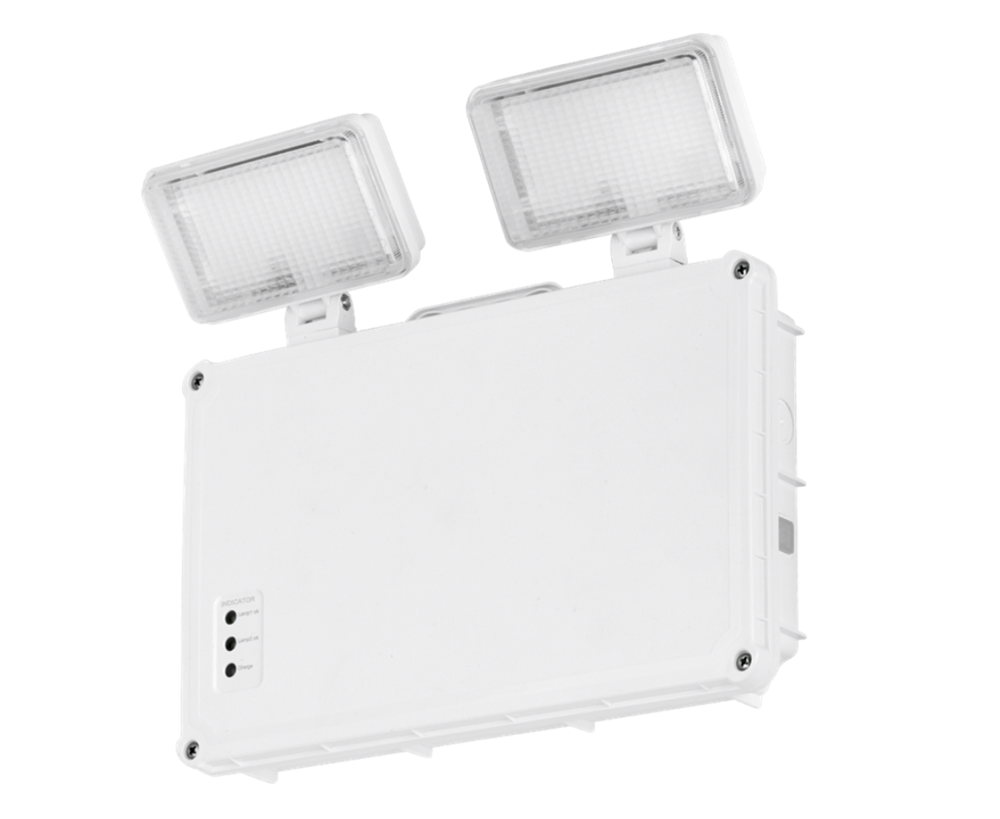
Emergency Slim Exit Sign
The new Emergency Wall Mounted Slim Exit Signs offer 3 hours of emergency backup duration, can be maintained or non-maintained and includes required legends to suit all applications. Choose between Manual Test and Self Test function. They can be suspended or recessed and installation should be carried out in accordance with the current edition of the National Wiring Regulations. The acrylic used on these signs is laser etched for superior light distribution.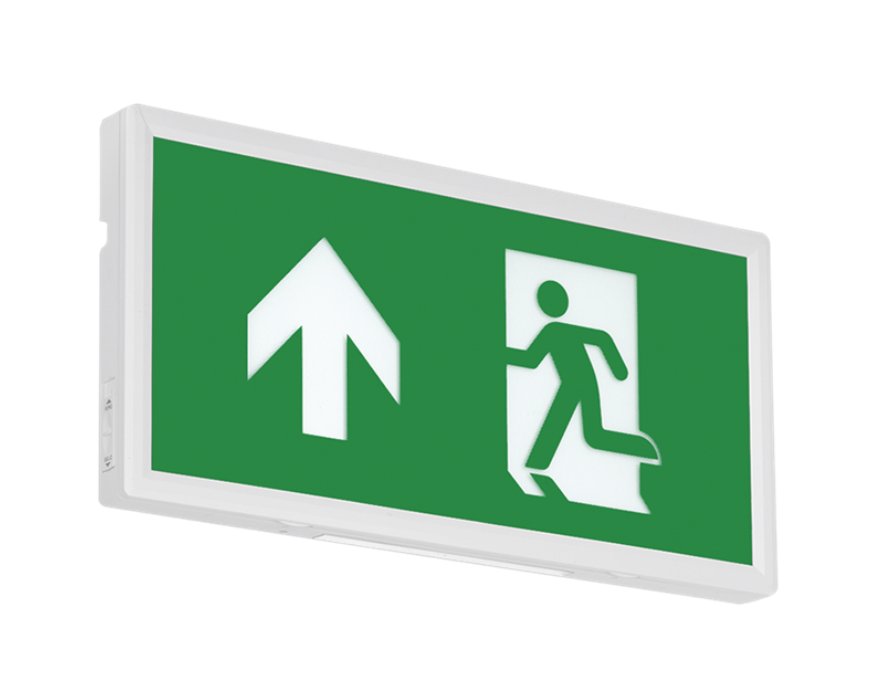
Surface Mounted/ Recessed Downlight
The new Surface Mounted/Recessed Downlight offers 3 hours of emergency backup duration, and is non-maintained for use in the event of a power outage. The Surface Mounted feature is perfect for use on concrete ceilings, but with the option to recess it if possible. The Self Test function offers reduced maintenance time.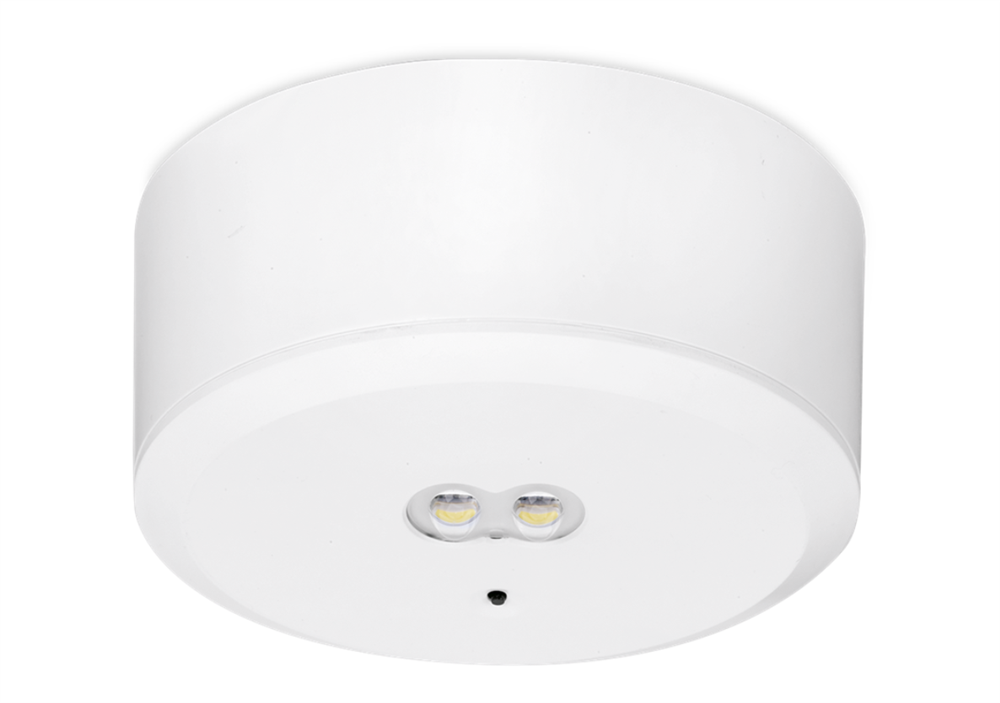
New Non-Maintained Downlights
We have a new range of compact 2W non-maintained emergency downlights, which can fit into a 40-44mm cut-out. These include an LED driver and NiMH battery in a mesh sleeve. In the new non-maintained emergency corridor distribution downlight the LED module may also be mounted without the downlight in a 20mm hole.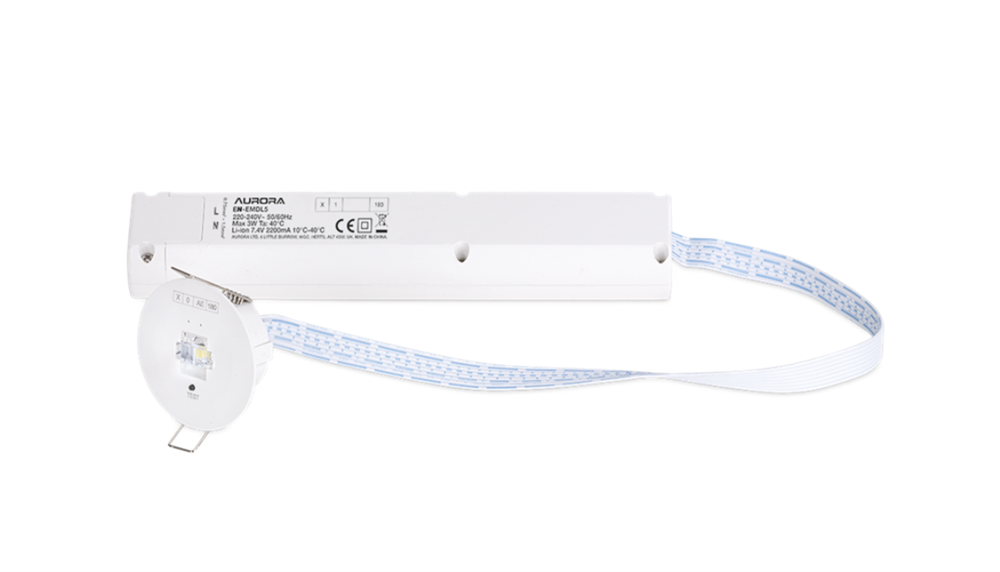
Our 3W 3 hour non-maintained emergency downlights come with interchangeable lenses, offering flexibility in installation These compact downlights fit into a 45mm cut-out.
View our full Emergency Range here










